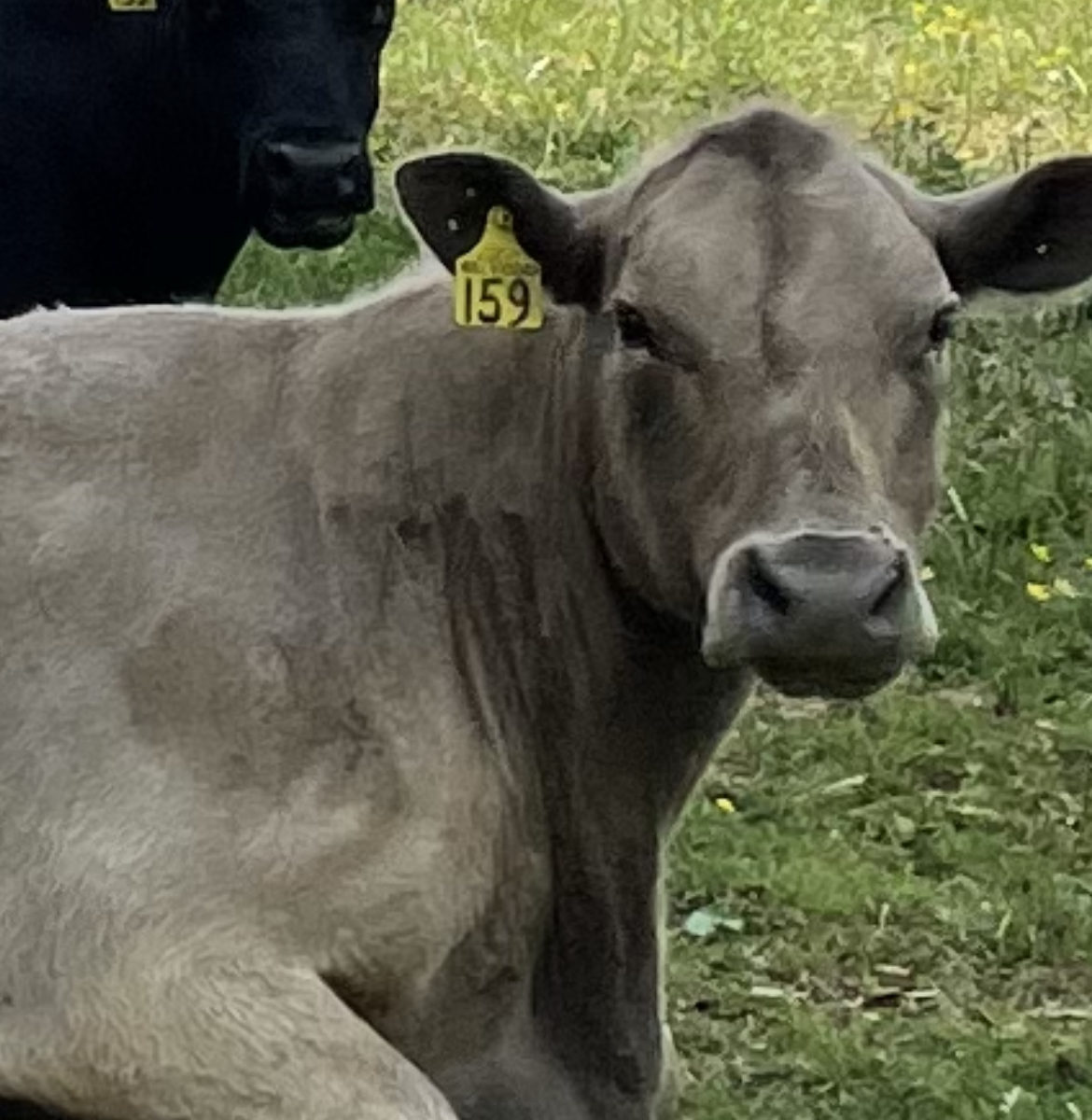

Dr. Katie Mason
Assistant Professor and Extension Beef Cattle Nutrition Specialist
Department of Animal Science
P: 865-974-8941
This month’s blog article was written by Gabbi Martin, a Master’s of Science student in the UT Department of Animal Science.
Now that we are well into summer, hot temperatures are here to stay for a little longer. Cattle can experience heat stress when exposed to extreme temperatures and humidity, which associated with increased water intake, decreased reproductive performance, decreased feed conversion, and increased susceptibility for illness. Cattle do not sweat effectively and instead rely on increased respiration and additional water and shade to stay cool.
Here are a few ways to manage heat stress and avoid increased heat load in cattle:
- Water: Previous research has indicated that in extreme temperatures, water intake in cattle drastically increases, especially in growing and lactating cattle. Generally, cows drink 2 gallons per 100 pounds of body weight during hot days. It is important to provide plenty of high-quality drinking water to meet the needs of your herd.
- Pest control: In normal temperatures, flies and other pests increase stress, but throw in hot temperatures, and that only intensifies it. Be proactive in pest control utilizing fly tags, pest control feed supplements, and other preventative and control measures to minimize the likelihood of problems.
- Avoid working and moving: If possible, avoid working and transporting cattle on extremely hot days. Moving cattle through a working facility or loading them up on a trailer and moving them are both stressful events, and doing either of those in the heat does not provide cattle an opportunity to cool off and regulate after those events. If you find yourself in a position where you must do either of those, it is encouraged that you do it early in the morning or late at night before and after temperatures peak during the day.
- Culling: Now is the ideal time to evaluate your herd to identify cattle that are not performing well in heat, “high headed” cattle that tend to get more stressed and worked up causing others to stress, or cattle that are not slicking off or shedding their winter coat. Each of these are factors that play a roll into heat stress and ultimately decrease productivity and in turn profitability.
- Provide shade: Cattle often will want to get out of direct sunlight. Making sure that there is a large, shaded area for your cattle to move to in the heat of the day helps relieve some of their heat load. Tree lines are a nice option for shade, but if you are utilizing a barn or other structure, it is important that there is enough air flow for fresh air for your cattle.
- Avoid drastic changes: Weaning calves is stressful enough as it is. Add in the additional stress from heat and it makes both cow and calf that much more susceptible to illness making the process that much more intense. Additionally, removing the bull from your pasture before the seasonal temperatures arrive may also eliminate some stress caused by the bull attempting to breed cows, but this could also help create a defined calving season.
In the end, cattle are not much different than humans when it comes to dealing with heat. On the hot days, no one wants to do a whole lot, and it is as simple as making sure your cattle have enough water and shade and leaving them to rest.